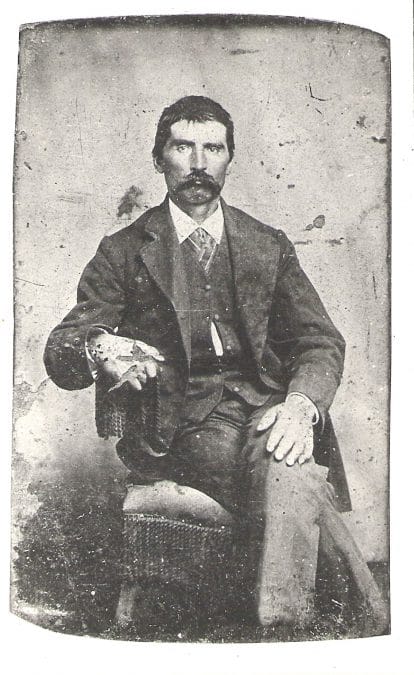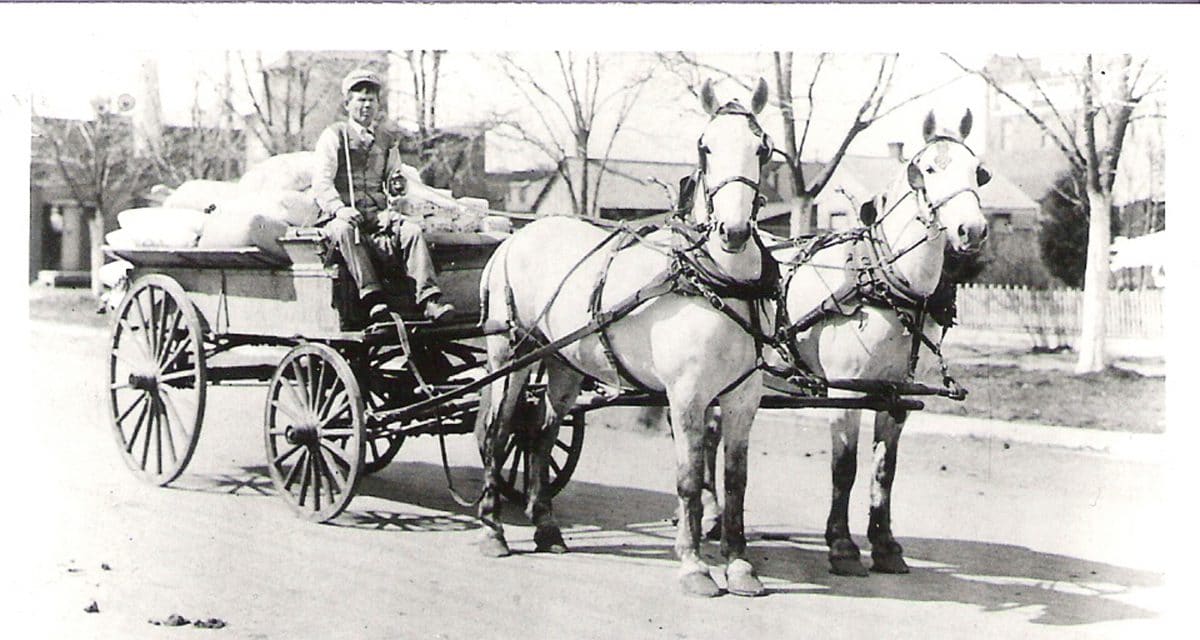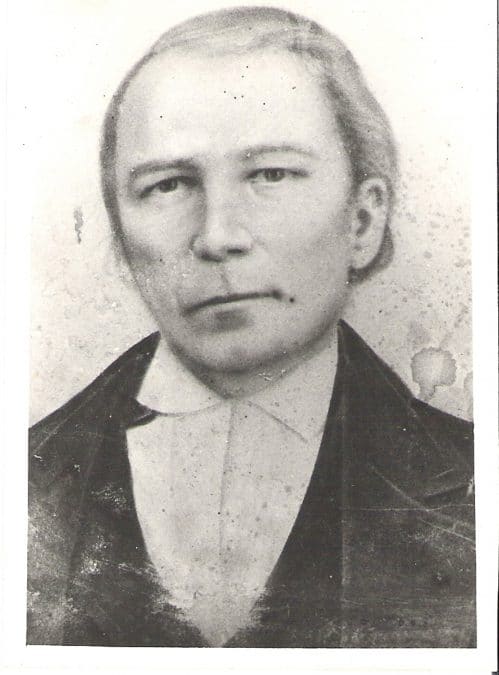The Citizen Potawatomi Nation Cultural Heritage Center provides resources to keep the Tribe’s history safe and accessible for generations to come. One key way the Nation does this is through the CHC’s archives. To highlight some of these holdings, the Hownikan is featuring photographs and family history of every founding Citizen Potawatomi family. If interested in assisting preservation efforts by providing copies of Citizen Potawatomi family photographs, documents and more, please contact the CHC at 405-878-5830.

Potawatomi connections
The Bergeron Potawatomi family roots begin along the Kankakee River in Bourbonnais Grove, Illinois, with Watchekee, the daughter of Potawatomi/Odawa Chief Shabonna and Monashki. Shabonna (Built Like a Bear) was an ally of Tecumseh and Tenskwatawa during the War of 1812. He joined Main Poc and other Potawatomi leaders including Waubansee and Winamac to fight American forces. However, after the war, Shabonna abandoned his total opposition of the United States.
Watchekee was born around 1810 and had a reputation for being intelligent and beautiful. Although she had mixed tribal heritage, because of her father’s leadership with the Tribe, Chief Shabonna raised her in a Potawatomi village. Family records indicate she was born during a bright star. Potawatomi often used natural phenomenon to denote time rather than years. After the Potawatomi signed the 1833 Treaty of Chicago, she was among those removed to Council Bluffs, Iowa, in 1837.
Watchekee never forgot her home in the Great Lakes and traveled back and forth from the reservations west of the Mississippi in Iowa and Kansas to Illinois by foot on multiple occasions, and because of this, was ultimately removed numerous times. Bergeron descendants estimate she walked more than 6,000 miles on her travels.
French-Canadian Francis Xavier Bergeron was born between 1815 and 1819 and arrived in the Great Lakes region as a young man where he met Watchekee on one of her trips back to the region. In 1840, she received the name Josette or Zozetta after her baptism. She and Francis wed around that same time, but it was not her first marriage. Before marrying Bergeron, she had two other husbands named LeVasseur and Hubbard. She had four children: Jean Batiste, Catherine (Kate), Matilda and Charlie.
Watchekee’s children grew up in a pivotal, difficult time in Potawatomi history. They experienced forced removal, relocations and the countless adversities associated with navigating being Woodland people on the prairies of Kansas. Although Potawatomi had hopes the reservation would be safe from outside encroachment, it did not go unnoticed by settlers and travelers. The Oregon Trail brought thousands through the area, and the railroad saw many economic opportunities.

As a result of Westward Expansion and commerce, the federal government approached the Tribe about the chance to take allotments and become U.S. citizens in 1861. The Bergeron family were among the Citizen Potawatomi listed on the 1863 census. However, this did not prove advantageous for many who gained American citizenship, and the allotted lands quickly passed from Potawatomi ownership to white settlers. A clause in the 1861 treaty provided opportunity for the Potawatomi to sell their remaining lands in Kansas and purchase a new reservation in Indian Territory.

In 1872, the Bergeron family joined six other Kansas-based families to become part of the original Potawatomi to settle on the new reservation in present-day Oklahoma.
Watchekee was one of the very few to live in the Great Lakes, experience removal and eventually settle on the reservation in Indian Territory. However, her influence in the Great Lakes region remains today with the city of Watseka, Illinois, near the Indiana border derived from her name. According to Daily Journal, community leaders renamed the town in 1865 from Middleport to Watseka to honor her kindness toward settlers. Today a large mural in town features Watchekee, serving as a visual reminder of the community’s past.
Watchekee’s daughter Catherine (Kate) Bergeron married Frenchman Joseph L. Melott, and they became the principal founders of the Mission Hill community, now known as Wanette, Oklahoma. They had seven children: Joseph Edward, William W., Louis, Leander, Joseph Thomas, Theresa and Benjamin.
Jean Baptiste Bergeron married Mary Hollaway in Wamego, Kansas. They had two children, William Oliver and Frank Alexander. Sadly, Mary passed when the children were young, and Jean Baptiste left William and Frank with the Indian Agency to find work out West. As a French last name, Bergeron’s phonetical spelling is Bazhaw, and teachers with the agency used the phonetic spelling rather than the traditional French spelling.
Matilda wed Wesley Lewis, and they had 12 children. Watchekee’s youngest son Charles married Mattie Leslie in 1876, and they had one son, Robert.
Today, Bergeron descendants continue the family legacy of leadership and service to others as Tribal historians, writers, safe-keepers of Potawatomi traditions and more.
If interested in helping preserve Citizen Potawatomi history and culture by providing copies of family photographs, documents and more, contact the Cultural Heritage Center at 405-878-5830.
